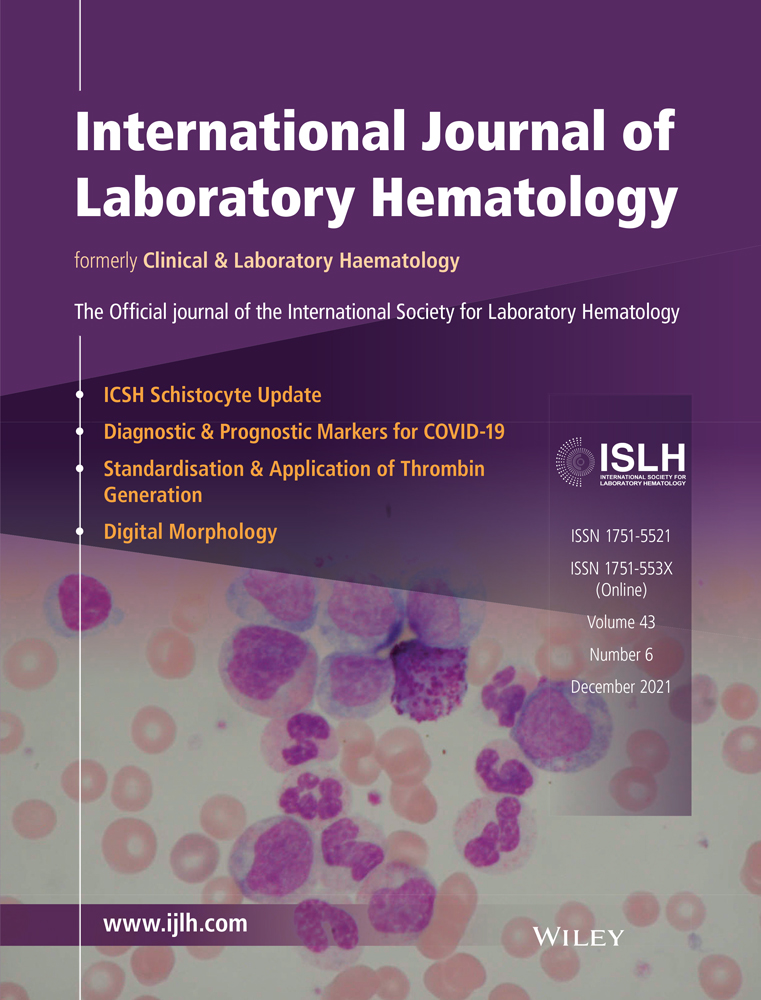A hungry Histiocyte, altered immunity and myriad of problems: Diagnostic challenges for Pediatric HLH
Gera and Misra are Joint first authors and both contributed equally.
Abstract
Introduction
Hemophagocytic lymphohistiocytosis (HLH) is an immune deregulation disorder with varied clinical presentation which clinically overlaps with widespread tropical infections.
Methods
We conducted a retrospective chart review of children diagnosed with HLH at our center from February-2017 to October-2020.
Results
Out of the nine diagnosed patients, genetic predisposition was present in three children; two had identified infectious triggers. The mean age of presentation was 30 months with male predominance. The most common clinical findings were fever, organomegaly, and pancytopenia. The median value of fibrinogen was-156 mg/dL, ferritin-12 957 ng/mL and for triglycerides-349 mg/dL, respectively. In children with identified genetic predisposition, serum ferritin levels were usually more than 10 000 ng/mL. The majority of our patients had evidence of hemophagocytosis on bone marrow examination. In our experience, although nonspecific, very high ferritin and serum triglycerides with low fibrinogen in a patient with bi-cytopenia, pancytopenia was the most suggestive evidence of HLH. Genetic evaluation in our series identified three children, one with primary HLH genetic mutation and two with underlying immune deficiency syndrome. The presence of HLH in the accelerated phase of Chediak-Higashi and AD Hyper IgE syndrome with HLH is extremely rare. Leishmaniasis (in nonendemic area) and Ebstein-Barr virus (EBV) was identified as an infectious trigger in two cases. Most of our cases received treatment as per HLH 2004 protocol. Three children died during the initial diagnosis and treatment. HLH with subcutaneous panniculitis-like T-cell lymphoma recovered well.
Conclusion
HLH remains a life-threatening disorder associated with a variety of underlying illnesses as highlighted by our case series.
CONFLICT OF INTEREST
All authors wish to declare no conflict of interest.
Open Research
DATA AVAILABILITY STATEMENT
Data sharing not applicable – no new data generated.




